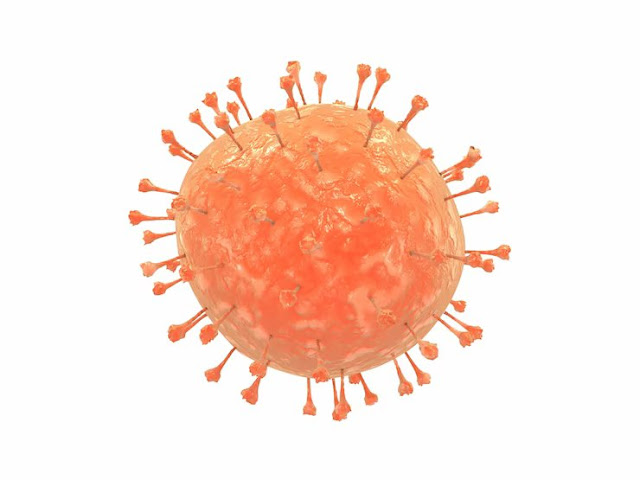Understanding Nipah Virus: Identifying the First Symptoms
Nipah virus, a deadly zoonotic pathogen, has garnered global attention due to its potential for outbreaks with high mortality rates. First identified in 1999 in Malaysia, Nipah virus has since been responsible for several outbreaks in South and Southeast Asia. Recognizing the initial symptoms of Nipah virus infection is crucial for early diagnosis and containment. In this article, we will delve into the origins of Nipah virus, its transmission, and most importantly, what the first symptoms are to help you stay informed and safe.
The Origins of Nipah Virus
Nipah virus is believed to be of bat origin and can be transmitted to humans through close contact with infected animals or consumption of contaminated fruits and raw date palm sap. Understanding its origins is essential for preventing future outbreaks.
Transmission and Spread
Before we dive into the first symptoms, let's briefly discuss how Nipah virus spreads. Human-to-human transmission can occur, particularly in healthcare settings where proper infection control measures are lacking. Bats and pigs are considered the primary reservoirs of the virus, and contact with their bodily fluids or secretions can lead to human infections.
What is Nipah Virus?
Nipah virus falls under the Paramyxoviridae family, which includes viruses like measles and mumps. It is known for its ability to cause severe respiratory illness and encephalitis (inflammation of the brain). Now, let's explore the key question: what are the first symptoms of Nipah virus?
Identifying the First Symptoms
Fever: The initial symptom of Nipah virus infection is often a sudden and high fever, which can be mistaken for common illnesses like the flu.
Headache and Muscle Pain: Individuals infected with Nipah virus may experience severe headaches and muscle pain, which can escalate rapidly.
Respiratory Distress: As the virus progresses, respiratory symptoms may develop, including a cough and difficulty breathing. This can be accompanied by acute respiratory distress syndrome (ARDS).
Encephalitis: Nipah virus is notorious for its ability to cause encephalitis. Early signs include confusion, disorientation, and drowsiness. Seizures and unconsciousness may follow.
Nausea and Vomiting: Gastrointestinal symptoms such as nausea and vomiting can occur in the early stages and may lead to dehydration.
Neurological Symptoms: In some cases, Nipah virus infection can lead to severe neurological symptoms like seizures and a reduced level of consciousness.
Coma: As the infection progresses, some patients may slip into a coma, making early diagnosis and treatment critical.
understanding the first symptoms of the Nipah virus is vital for timely diagnosis and containment of this deadly pathogen. While these symptoms may mimic those of other common illnesses, the rapid progression and the potential for severe outcomes should raise immediate concerns. If you or someone you know exhibits any of these symptoms, especially if there has been contact with animals or individuals from affected regions, seek medical attention promptly. Nipah virus outbreaks can be prevented and controlled with early intervention, making awareness and vigilance crucial in the fight against this lethal virus.

